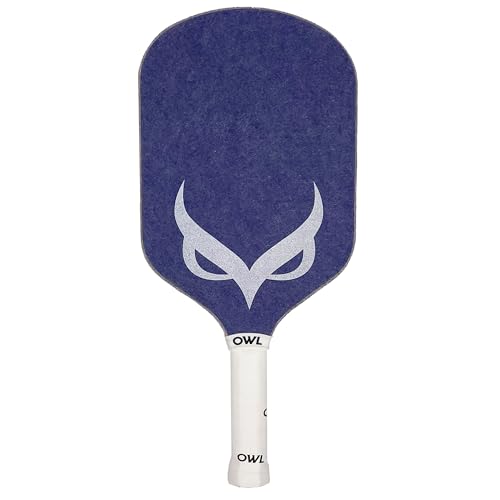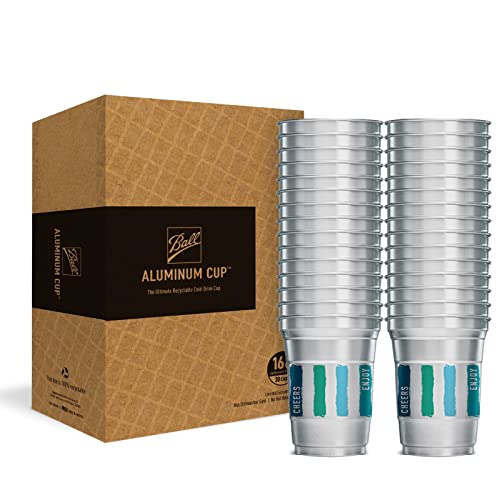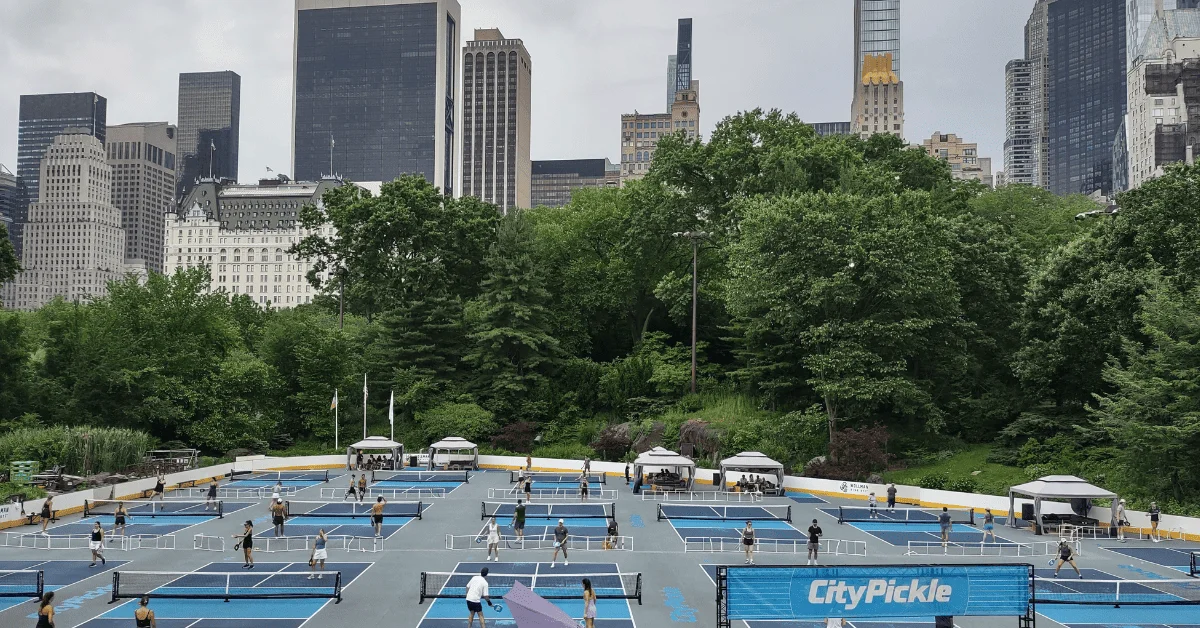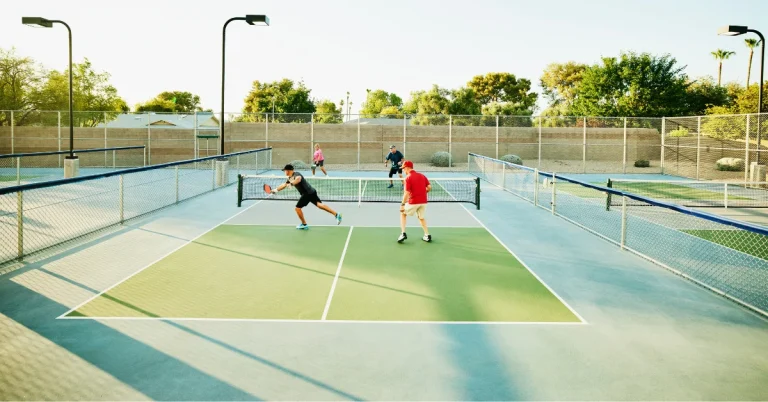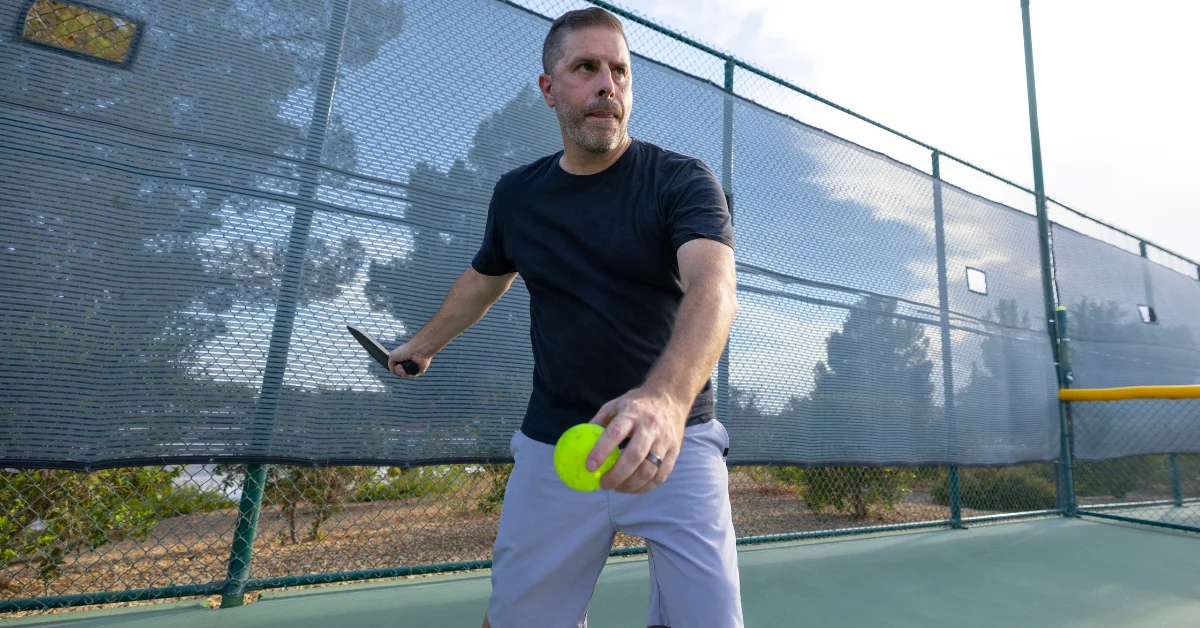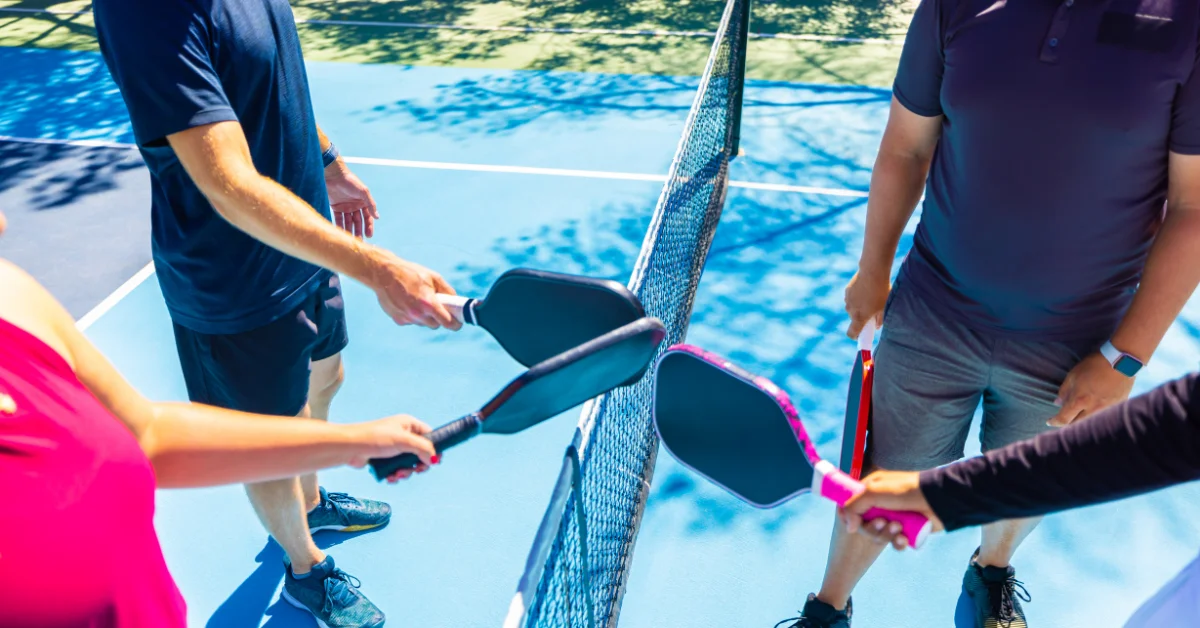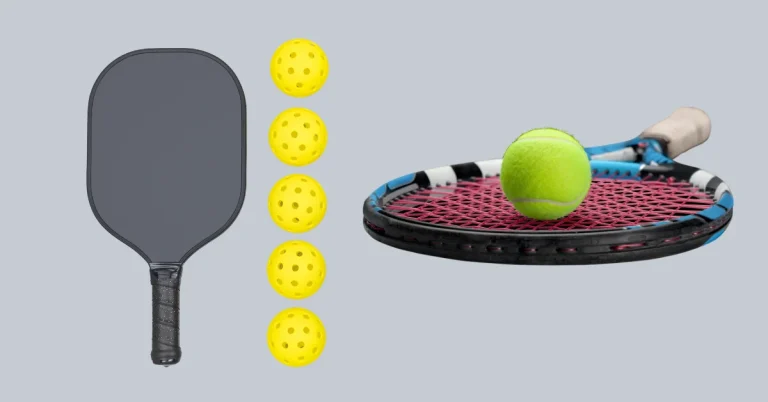Thinking of turning your tennis court into a pickleball haven? You’re in the right place! This guide on tennis court to pickleball conversion covers everything from marking new lines to adjusting the net, ensuring your transition is seamless and successful.
Step-by-Step Conversion
Turning your tennis court into a versatile pickleball paradise not only multiplies the fun but also optimizes space for maximum engagement. Whether you’re setting up a single court for intimate play or maximizing the area to fit four courts for a community tournament, understanding the layout possibilities is key. Here’s how you can transform one tennis court into various pickleball court configurations:
Single Court Conversion
For a more focused game or limited player numbers, placing a single pickleball court in the center of the tennis court allows ample room for movement around the edges. This setup is perfect for beginners or players who prefer a more spacious environment.
Double Court Setup
Dividing the tennis court lengthwise into two equal halves lets you fit two pickleball courts side by side. This layout is ideal for small groups or training sessions, offering a good balance between space utilization and accessibility.
Triple Threat Configuration
To fit three courts, position one in the middle lengthwise and two horizontally at either end. This arrangement requires a bit of creativity with space but is excellent for hosting mini-tournaments or accommodating a larger group of players without waiting times.
Quadruple Court Layout
Maximizing the space allows for four pickleball courts to be placed side by side, two in each half of the tennis court. This layout is the ultimate space optimizer, perfect for tournaments, large groups, or community gatherings, ensuring everyone gets a turn with minimal downtime.
Each layout option offers unique advantages depending on your needs, the number of players, and the event type. By carefully considering these configurations, you can easily convert your tennis court into a dynamic pickleball venue that caters to various group sizes and play styles, making every match an enjoyable experience.
Marking the Territory
One of the first steps in transforming a tennis court into a pickleball haven is redefining the play area. Accurate and visible lines are essential for a seamless game, requiring careful planning and execution. Here’s how to ensure your lines promote clarity and enhance gameplay:
Choosing Your Materials
For temporary setups, court tape is your best friend. It’s easy to apply, adjust, and remove without leaving residue, making it perfect for multi-use courts or occasional pickleball games. For a more permanent solution, specialized court paint offers durability and resilience against weather and wear. When selecting paint, ensure it’s designed for outdoor sports surfaces to prevent slipping.
Color Contrast is Key
Selecting the right color for your pickleball lines is crucial. Aim for high contrast against the existing tennis court lines to minimize confusion. Bright colors like neon blue or yellow are excellent choices that provide visibility under various lighting conditions, helping players make accurate calls and stay within bounds.
Accuracy Matters
When marking your lines, precision is non-negotiable. Use a measuring tape and chalk line to outline your pickleball court dimensions before applying tape or paint. This ensures that your courts are not only up to official standards but also fair for all players. For those creating multiple courts, take extra care to maintain equal spacing between courts to prevent overlapping play areas.
Finishing Touches
Once your lines are laid, consider adding non-slip finish over painted lines to maintain the court’s safety. Additionally, clear signage indicating the conversion and any temporary rules can enhance the player experience, guiding them seamlessly from tennis to pickleball play.
Marking the territory for your tennis court to pickleball conversion doesn’t just redefine the physical space; it sets the stage for exciting gameplay. By following these tips, you can create a functional and inviting pickleball court that players of all levels will enjoy.
Net Adjustments for Pickleball Play
Switching from tennis to pickleball requires special attention to the net, as the game’s dynamics change with the net’s height. Authentic pickleball play demands the net to be positioned at 34 inches in the center, slightly lower than the standard tennis net height of 36 inches. Here are two effective ways to ensure your net meets pickleball standards:
Adjusting Your Existing Tennis Net
If you’re aiming for a quick transformation, adjusting the height of your existing tennis net can be a practical solution. This can be done by temporarily lowering the net posts or using a net strap to pull the center down to the required 34 inches. However, this method is best for temporary or occasional use, as consistent adjustment can wear on your equipment.
Opting for a Portable Pickleball Net
For a more versatile and pickleball-specific setup, investing in a portable pickleball net is the way to go. Portable nets offer the perfect height and width for pickleball and can be set up or taken down with ease, making them ideal for multi-use courts or spaces where pickleball is not the sole focus.
At Table and Court, we understand the importance of quality and convenience for our players. That’s why we offer a selection of top-tier portable pickleball nets that are designed for durability, stability, and easy transportation. Whether you’re hosting a tournament, setting up a community playday, or enjoying a family game, our portable nets ensure you can play pickleball anytime, anywhere, with minimal hassle.
Managing Mischievous Balls
Ensuring uninterrupted play in your newly converted pickleball court involves more than just adjusting the nets and marking lines. A key aspect of a seamless game experience is keeping those lively pickleball balls within reach. Mischievous balls that wander off can disrupt the flow and focus of players, leading to unnecessary delays. Here’s how to effectively contain the action and maintain the rhythm of the game:
Portable Fencing: A Game-Changer
Investing in portable fencing is a smart move for any pickleball court conversion. These lightweight yet durable barriers are easy to set up and can be adjusted as needed to fit the specific dimensions of your court. Not only do they prevent balls from escaping, but they also define the playing area clearly, making it easier for players to stay oriented during fast-paced exchanges.
Netting Solutions for Every Court
Netting offers another versatile option for keeping pickleballs in play. Whether you choose high nets to catch high-flying balls or lower nets to block ground shots, ensuring that your netting is of adequate height and spans the entire perimeter of the court can drastically reduce time spent chasing after errant balls. Plus, netting provides a less obstructive view compared to fencing, maintaining the aesthetic appeal of your tennis court conversion.
Strategic Ball Stops
For areas where fencing or netting may not be practical, consider installing ball stops around the court’s perimeter. These can be as simple as angled panels placed at key points where balls are most likely to escape. Ball stops work by redirecting balls back into the playing area, keeping the game moving without significant interruptions.
Creating a Focused Play Area
By implementing these strategies, you not only manage mischievous balls but also create a more focused and enjoyable play area. Players can concentrate fully on their game, improving both their skills and their overall experience on the court. Remember, the goal is to keep the game flowing smoothly, ensuring that every volley, serve, and shot counts.
Conversion Tips for Success
Turning a tennis court into a pickleball court involves more than just adjusting the space. The right equipment and a community-centric approach are crucial for a thriving pickleball scene. Here’s how you can set yourself up for success:
- Equip Properly: The right gear can make all the difference. Shop at Table and Court for outdoor pickleball equipment specifically designed for hard court surfaces. From high-quality paddles to outdoor balls that withstand the elements, you’ll find everything you need to get started or upgrade your game.
- Choose the Right Shoes: Traction and comfort are key when selecting shoes for pickleball. Visit Table and Court to explore a selection of footwear that offers the grip and support needed to move confidently and safely on the court.
- Encourage Community: A pickleball court is more than a place to play; it’s a community hub. Consider adding benches or picnic tables from Table and Court near your court for players to relax, socialize, and bond over shared experiences. Creating a welcoming environment encourages regular play and builds a strong, inclusive pickleball community.
Conclusion
The journey from tennis court to pickleball conversion reflects a growing enthusiasm for a sport that unites people of all ages and skill levels. By following these tips and equipping yourself with the best gear from Table and Court, you’re not just preparing a space for play; you’re laying the foundation for a vibrant, engaging pickleball community. Embrace this exciting transformation and see firsthand how pickleball can be a game-changer in bringing people together and adding a fresh, dynamic layer to racquet sports. Ready to start your conversion? Head to Table and Court to ensure you have all the essentials for your new pickleball court. Let the games begin!


